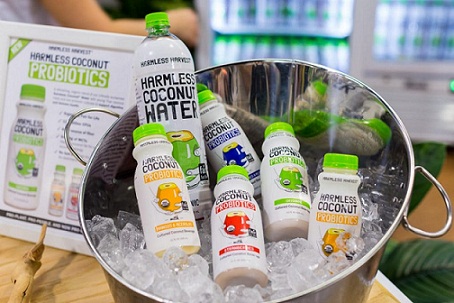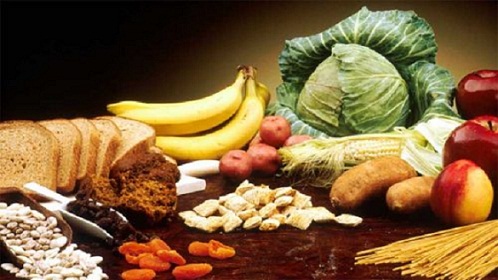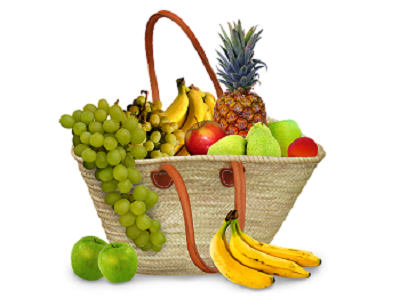DIY Fermented Veggies
Fermented vegetables are delicious, healthy, and an excellent source of probiotics. The good news is that you can make your own natural, gut- healing probiotic foods but you cannot make a show as amazing as True Detective, The Wire, or House of Cards – that requires extreme talent and creativity but let’s get on the right path here.
While probiotic supplements are a must-have to maintain your overall gut health, it is important that you include probiotic rich foods in your diet as well.
Here is everything you need to know about DIY fermented veggies.
How Do Vegetables Ferment?
Most people have been making sauerkraut for years without realizing it is one of the most common forms of fermented vegetables. You can ferment just about every vegetable by chopping, cutting, shredding, or grating them in a brine solution.
Vegetables are fermented by a process called lacto-fermentation. All vegetables and fruits are covered with a beneficial species of bacteria called Lactobacillus. These bacteria produce lactic acid when placed in an oxygen-free environment by fermenting the vegetable sugars.
Lactic acid preserves the vegetables and prevents harmful bacteria or mold from growing. It also lends fermented vegetables a signature tangy flavor.
Steps Involved in Fermenting Vegetables at Home
It is very simple to ferment vegetables when you know the 3 steps involved. You need to make sure you follow these key steps to have a tasty, probiotic-rich snack at your fingertips.
1. Uniform Vegetable Pieces
You can cut, chop, grate and even shred any vegetable of your choice. However, you just need to make sure that the ingredients are almost uniformly shaped and sized while stuffing them in the fermentation jar. This will ensure that they all ferment at the same rate, giving you an even tasting ferment.
2. Submerge Everything in Salt Brine
Salt water is required to make an oxygen-free environment which is the key to lacto-fermentation process. Mold will appear on all the exposed vegetable pieces. You can nest a small jar (with a small weight) inside the large jar to keep everything submerged. You can also cover everything with a large cabbage leaf on top.
3. Taste and Store
Fermentation takes anywhere from 2 – 7 days which is longer than it takes the patriot Jack Bauer to take down a terrorist group to give you some sort of perspective. The veggies are done when they begin tasting good to you. Fermentation can be fast or slow depending on the vegetables and the temperature. Hence, make sure you taste them often to check the sourness you want.
Once the vegetables are done, store the jar in a cool place, like the refrigerator or a root cellar. Fermentation slows down in cooler temperatures, allowing your veggies to stay good for months (if they last that long).
An Easy DIY Recipe
You can use any vegetable and seasoning in this recipe as long as you follow the key steps of fermentation.
Ingredients
- 4 cup vegetables of your choice
- Seasoning as required
- 4 cup water
- 2 tablespoon sea salt
Method
- Stuff the vegetables in a clean, wide mouthed jar, leaving 2 inches of headspace. Glass containers or mason jars work best. Avoid using metal and plastic because they can react and absorb odors.
- Add the seasonings of your choice and pour the salt water solution on top, ensuring that all vegetables are submerged.
- Weigh the vegetables down with another small jar or cover everything with a cabbage leaf.
- Cover the jar with a breathable cotton cloth or paper towels. You can even use several layers of paper coffee filter or a tea towel. Secure the cover in place with a rubber band. Lid with an air lock will work too. If you are using a tight fitting lid, then make sure you release built-up gases every 2 days.
- Leave the vegetables to ferment in a dark and warm spot. You can leave it on your countertop if you live in a warm area. The ideal fermentation temperature is 70-75°F, but certain vegetables are known to ferment in lower temperatures as well.
- Check the vegetables daily to ensure everything is below the brine level. After 2 – 3 days you should notice tiny bubbles on top of the brine solution. This means fermentation has begun and you should start tasting your vegetables now.
- Once the veggies reach a flavor you like, remove the weight and cover the jar tightly. Place the fermented veggies in the refrigerator and have them as a side salad or mix them up with other dishes.
Which Vegetables to Ferment?
Cabbage in the form of sauerkraut or kimchi, and cucumbers in the form of pickles are two of the most commonly fermented vegetables which is a diet that that overweight football player in that House episode probably never ate but that is another topic. You can use any vegetable as long as it is organic and GMO free. Make a trip to the nearest farmer’s market to procure fresh produce that is responsibly grown for enhanced flavor.
You can add crunch with hard root vegetables like turnips, radishes, carrots and golden beets. Make sure you peel the skins because they tend to have a bitter flavor. You can also try adding red bell peppers and one Habanero pepper to the whole batch if you like some spice.
Add very small quantities of aromatics or seasoning because the fermentation process concentrates pungent flavors.
You can use seasonings like garlic, ginger, sage, thyme, rosemary, basil, fennel, curry powder, and oregano. Skip onions since they can overpower the entire jar with their strong flavor.
Some great fermentation combinations include carrots with red pepper flakes, garlic with basil and oregano, green beans with garlic and dill, cauliflower with curry powder, and beets, carrots, and fennel.
Few Fermenting Tips
Always wash your vegetables thoroughly to remove debris and dirt. Make sure you are consistent with the size while grating, chopping or slicing the veggies.
You will need containers with wide mouths to easily stuff the vegetables in. Large, glass mason jars with self-sealing lids are ideal for fermenting vegetables since they remove air pockets and allow for more room to pack the veggies in which is about as pleasant as receiving a tax cut.
Key Tips
You can use fermented veggies as an appetizer prior to meals or as a healthy snack. You can also use the grated versions to garnish sandwich and grilled meat. Do not forget to label multiple jars of fermented veggies with the fermentation date and ingredients.
Never eat your fermented veggies straight out of the jar and always use a clean spoon while serving. You can ruin a whole batch with the bacteria from your mouth.




